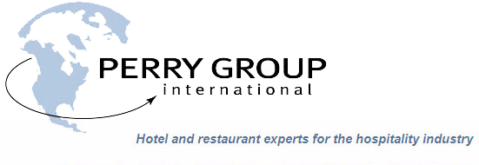The number of stories with hotel experts and the news media opining on the state of the recovery in the USA and where opportunity lies is as varied as the number of hotel brands that have proliferated since the last boom. In some aspects, it looks like we are headed to another ramp up in new construction and development with added brands. Then again, the current lack of financing and lender interest to do more lodging loans and deals might continue and the existing supply will continue to benefit from even higher room demand. One example that the recovery is in full swing is in Western States such as California and Washington where there are large amounts of cash coming from Chinese investors, especially those taking advantage of the EB-5 VISA program. Recently announced interest by one of China’s billionaires, Wang Jianlin, suggests that hotel management companies with owned or operating hotel assets could be a big target throughout the USA as well. Other factors in the recovery are recent reports by hotel experts and hotel analyst firms such as PKF Hospitality Research where they say the good news should be even better. Among its forecast is an increase in growth of RevPAR due to a projected rise of occupancy in excess of 1½ points and ADR (average daily room rates) over 4%. Their 2014 forecast also shows both ADR to grow over 5% and occupancy almost another 2 percentage points. So why a concern that the current recovery may stall? – First, it is what hotel or new development can get financing versus whether it is feasible or not. Right now, there are several obstacles to hotel financing that hospitality experts say will stymie the ability to buy and sell and develop new hotels. In particular are that lenders underwriting the deals are less optimistic that projected occupancy forecasts will achieve close to 75% annually even though the operators think it is achievable. The other factors that stand in the way of financing approvals are the lenders estimates for overhead such as marketing, management and FF&E reserves are usually higher than initial operating projections by owners and investors. – Second, are the state of individual lodging markets throughout the United States and the impact of increasing room rates in each location. Cities such as San Francisco, New York and Los Angeles continue to enjoy strong growth in ADR that suggests supply can be increased. But these cities have many barriers to entry and new development which will preclude this in the short term. – Third, and if you plan to buy a hotel, is that room demand is growing, but is leveling off after unprecedented gains over the past two years and will continue to moderate until economic growth shifts into a higher gear according to Marcus & Millichap’s National Hospitality Group. However, new construction does appear to be strengthening in the mid-market and under 150 rooms segment according to recent analysis from STR during the 5th annual Hotel Data Conference of where to buy, build or sell. The sector brands leading the way include Hampton Inn & Suites, Holiday Inn Express and Best Western Plus among others in the new build preference category. According to its analysis of sold-out nights in the various cities, Buffalo, New York and the Florida Keys are two markets not often thought about that can use more hotel rooms. Lastly, the luxury segment is still the leading segment for buyers of existing lodging properties. Still, this segment is usually the choice of institutional investors with cash and access to financing. However, smaller investor such as high net-worth individuals would be better to consider the boutique hotel segment. This segment and from a hotel experts perspective is continuing to grow in popularity and costs $100,000 to $150,000 per room on average versus $300,000 to $350,000 per room for a luxury property.
Share this post





